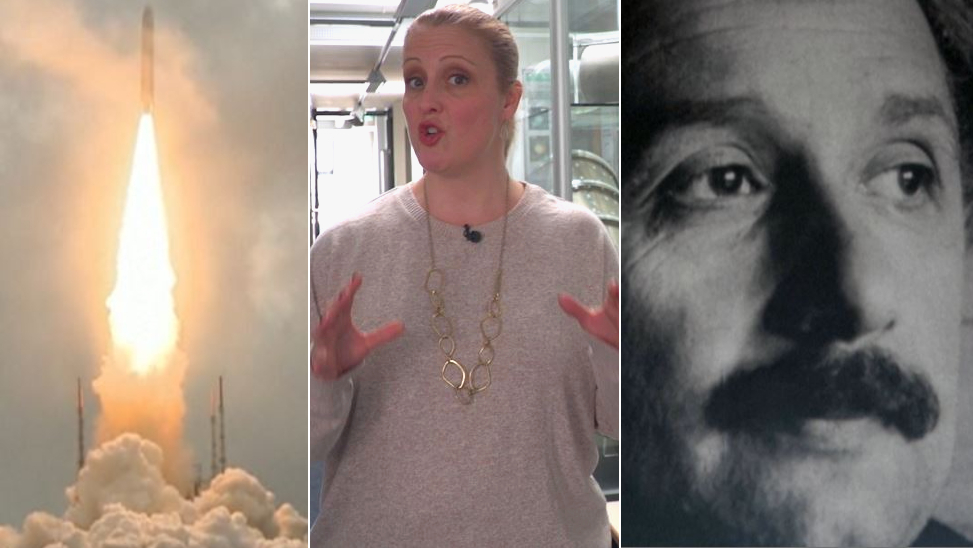
Black holes have enthralled astrophysicists for decades…as they are one of the most fascinating objects in space. They're extremely dense with such strong gravitational pull that not even light can escape their grasp as predicted by iconic German physicist Albert Einstein in his theory of general relativity.
One of the latest projects to investigate these cosmic phenomenona is the Einstein Probe, a Chinese satellite incorporating European technology.
"It's very exciting as it's opening up a completely new discovery space," says Kirpal Nandra, Director of the Max Planck Institute for Extraterrestrial Physics (MPE) in Munich.
"The Einstein Probe is designed to look for explosive transient events in the universe and these arise from some of the most energetic processes out there and are usually associated with objects like neutron stars and especially black holes."
The Einstein Probe satellite was designed by the Chinese Academy of Sciences and includes two telescopes: a wide-field X-ray telescope which takes broad scans of the sky, and a so-called "follow-up" telescope, modeled after MPE's successful eROSITA telescope, which zones in on the details of any explosion.
This more sensitive telescope encompasses 54 nested mirrors through which the light passes and on the other side, a special camera with X-ray sensitive detectors, known as CCDs, that are used to produce the images.
"The eROSITA is able to tell us the energy of the X-rays that we are seeing and also very precisely the time at which the X-rays were received," says Nandra.

Natalie Carney was in Germany to explore the Einstein Probe mission. /CGTN Europe
Aware of the decades of work the MPE has put into building sensitive imaging and spectroscopic X-Ray telescopes, Nandra received a call from the leader of the Einstein Probe mission in China requesting their participation.
"We were delighted to agree," he adds smiling. "It's a unique way to use our expertize. It allows us to do things, at least with a factor of 10 more sensitivity than we were able to do in the past and that means there's a new discovery space that you can open. They might be of a completely different kind that we've never been sensitive to in the past."
In return for their technology, the MPE and the European Space Agency will get access to 10 percent of the data generated by Einstein Probe's observations.
The Einstein Probe took off from China's Xichang Satellite Launch Center on January 9 and is expected to spend the next three years collecting images 600 kilometers above ground.
While this is the first executed collaboration between the MPE and Chinese Academy of Sciences, Nandra says another more ambitious project between the two that has been under discussion for some time.
"We are hoping that that will very soon be approved in China…" he says.
Watch this space. (CGTN)

86-10-68597521 (day)
86-10-68597289 (night)

52 Sanlihe Rd., Xicheng District,
Beijing, China (100864)

